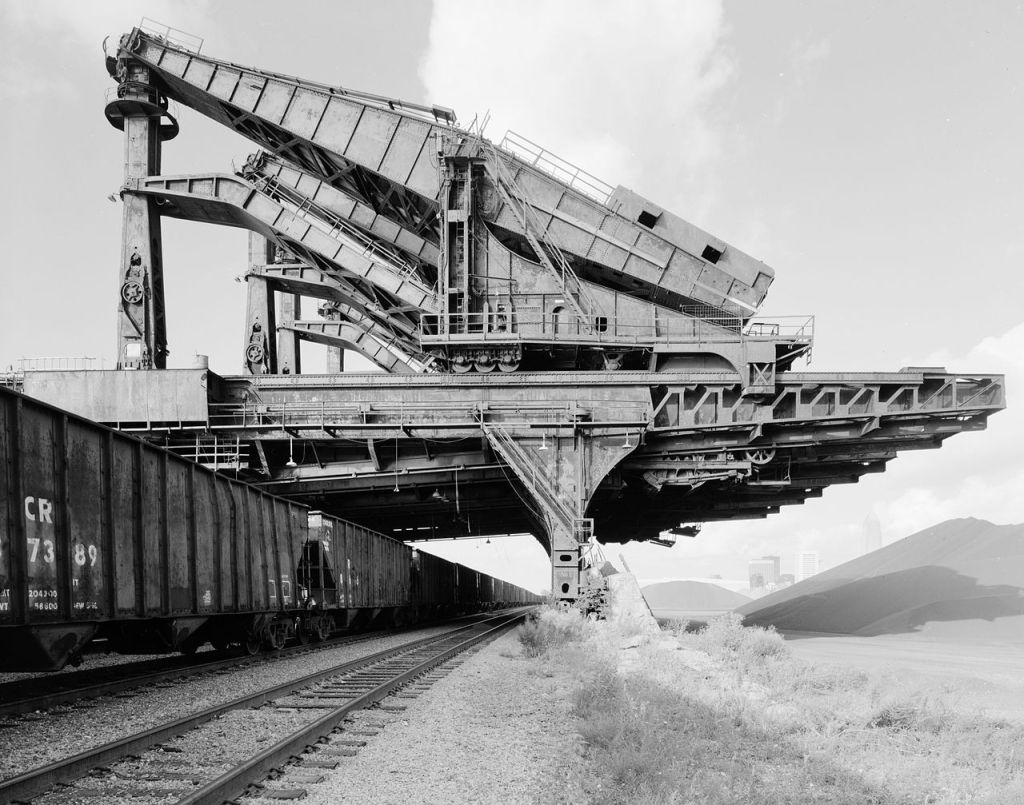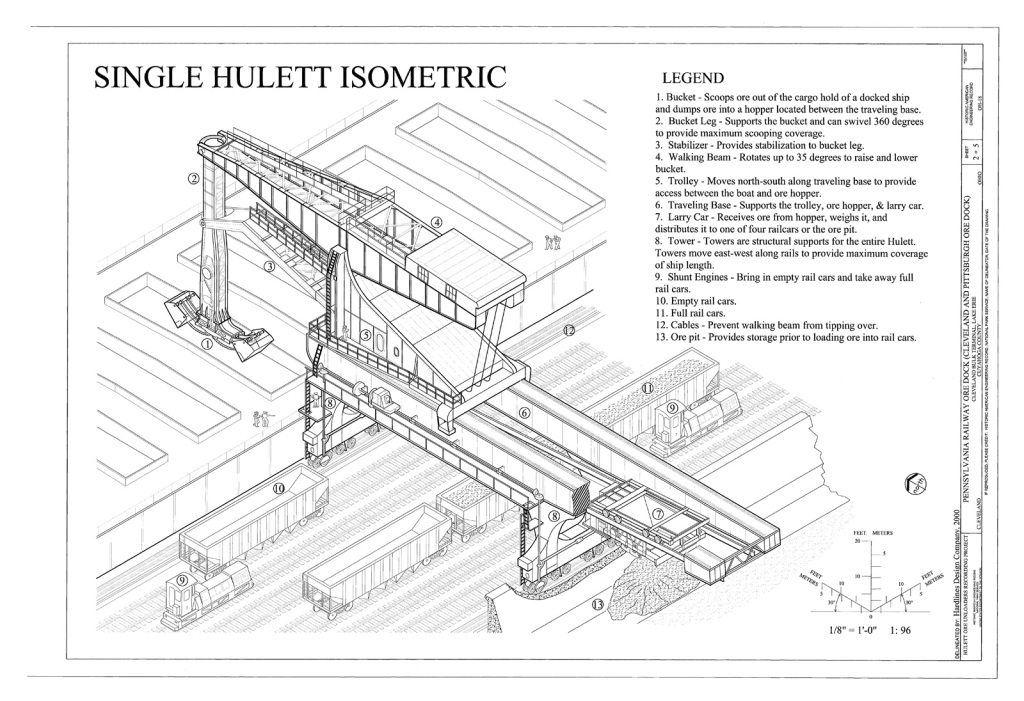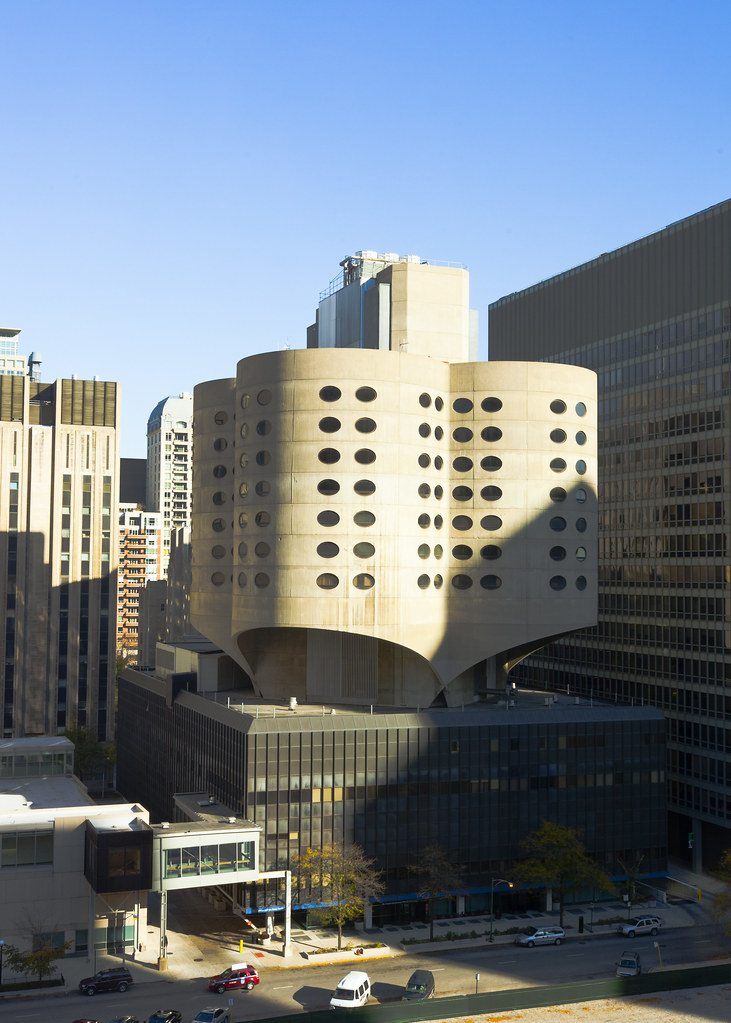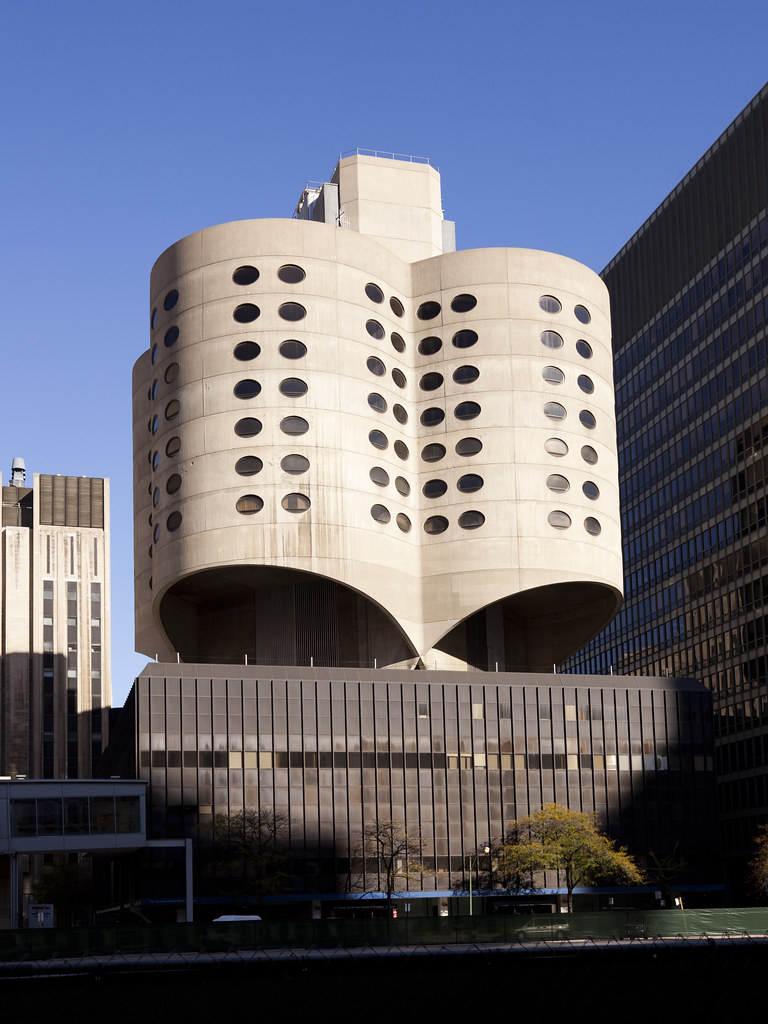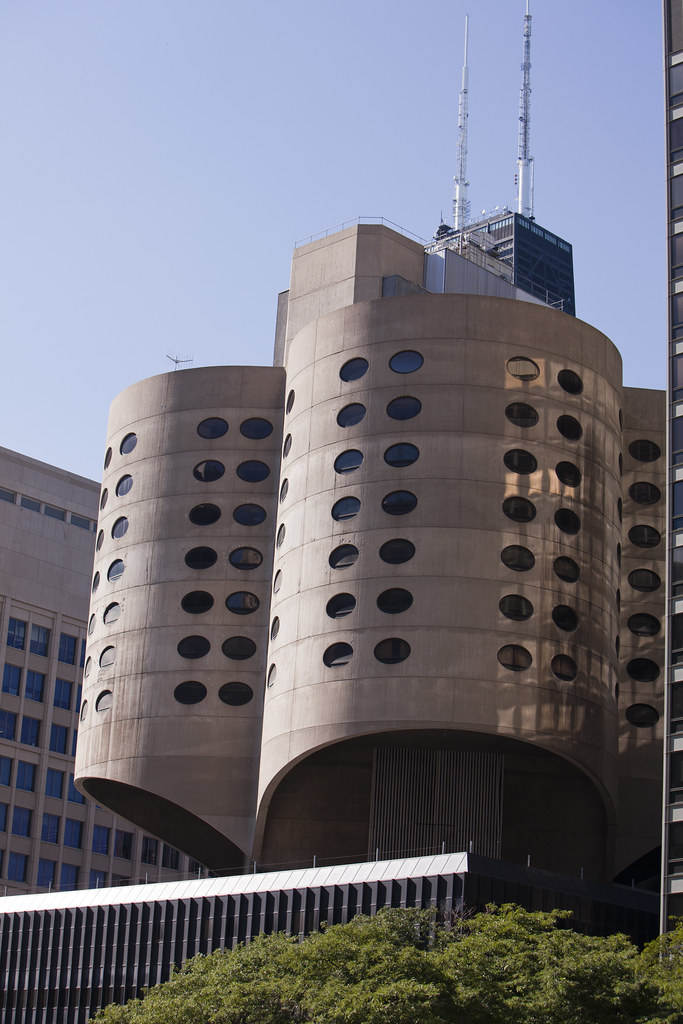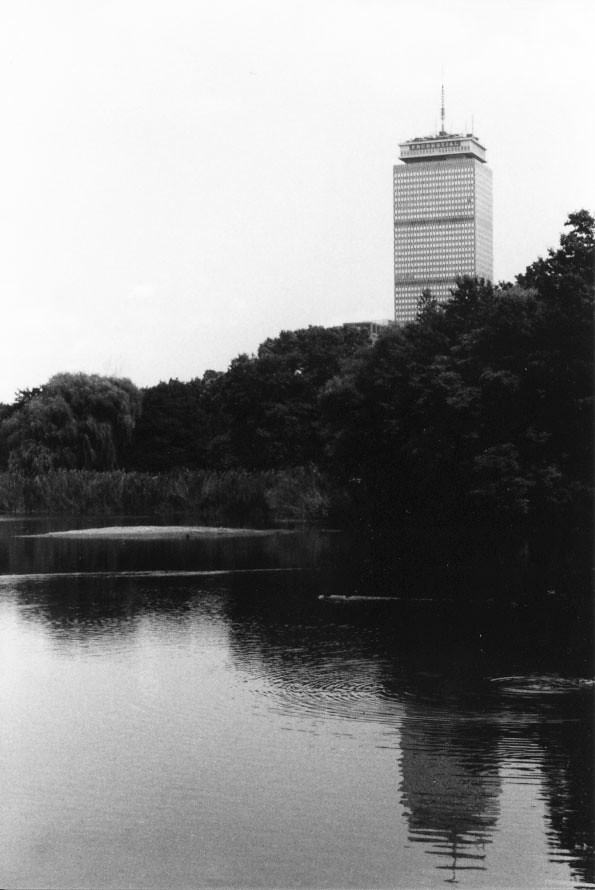Tag: history
Saint Crispin’s Day
What’s he that wishes so?
My cousin Westmoreland? No, my fair cousin:
If we are mark’d to die, we are enow
To do our country loss; and if to live,
The fewer men, the greater share of honour.
God’s will! I pray thee, wish not one man more.By Jove, I am not covetous for gold,
Nor care I who doth feed upon my cost;
It yearns me not if men my garments wear;
Such outward things dwell not in my desires:
But if it be a sin to covet honour,
I am the most offending soul alive.No, faith, my coz, wish not a man from England:
God’s peace! I would not lose so great an honour
As one man more, methinks, would share from me
For the best hope I have. O, do not wish one more!Rather proclaim it, Westmoreland, through my host,
That he which hath no stomach to this fight,
Let him depart; his passport shall be made
And crowns for convoy put into his purse:
We would not die in that man’s company
That fears his fellowship to die with us.This day is called the feast of Crispian:
He that outlives this day, and comes safe home,
Will stand a tip-toe when the day is named,
And rouse him at the name of Crispian.
He that shall live this day, and see old age,
Will yearly on the vigil feast his neighbours,
And say ‘To-morrow is Saint Crispian:’
Then will he strip his sleeve and show his scars.
And say ‘These wounds I had on Crispin’s day.’Old men forget: yet all shall be forgot,
But he’ll remember with advantages
What feats he did that day: then shall our names.
Familiar in his mouth as household words
Harry the king, Bedford and Exeter,
Warwick and Talbot, Salisbury and Gloucester,
Be in their flowing cups freshly remember’d.
This story shall the good man teach his son;
And Crispin Crispian shall ne’er go by,
From this day to the ending of the world,
But we in it shall be remember’d;We few, we happy few, we band of brothers;
For he to-day that sheds his blood with me
Shall be my brother; be he ne’er so vile,
This day shall gentle his condition:
And gentlemen in England now a-bed
Shall think themselves accursed they were not here,
And hold their manhoods cheap whiles any speaks
That fought with us upon Saint Crispin’s day.– Henry V, Act IV Scene iii
Go forth and gentle your condition.
Trading Pit Hand Signals and History

For those who have seen Trading Places – and like me wondered how the final scene actually works or loved the New York Board of Trade flip dot board) – and wondered what all those hand signals meant, well there’s a website for you. It is called Trading Pit History and is curated by Ryan Carlson, who has worked at the Kansas City Board of Trade, Chicago Board of Trade, Chicago Mercantile Exchange and New York Mercantile Exchange.
This project solicits any and all examples of hand signals from any futures trading floor which aren’t already on the website. Any critique of information contained is also encouraged as some hand signals are from secondhand sources and the aim is accurate historical record. The catalogue of knowledge will continually be updated as additions are made.
I wonder if pit trading signs will end up like semaphore, maritime signal flags, and morse code where only a few keep the language alive.
Happy 4th of July – How American Got Built: Hulett Automatic Ore Unloader
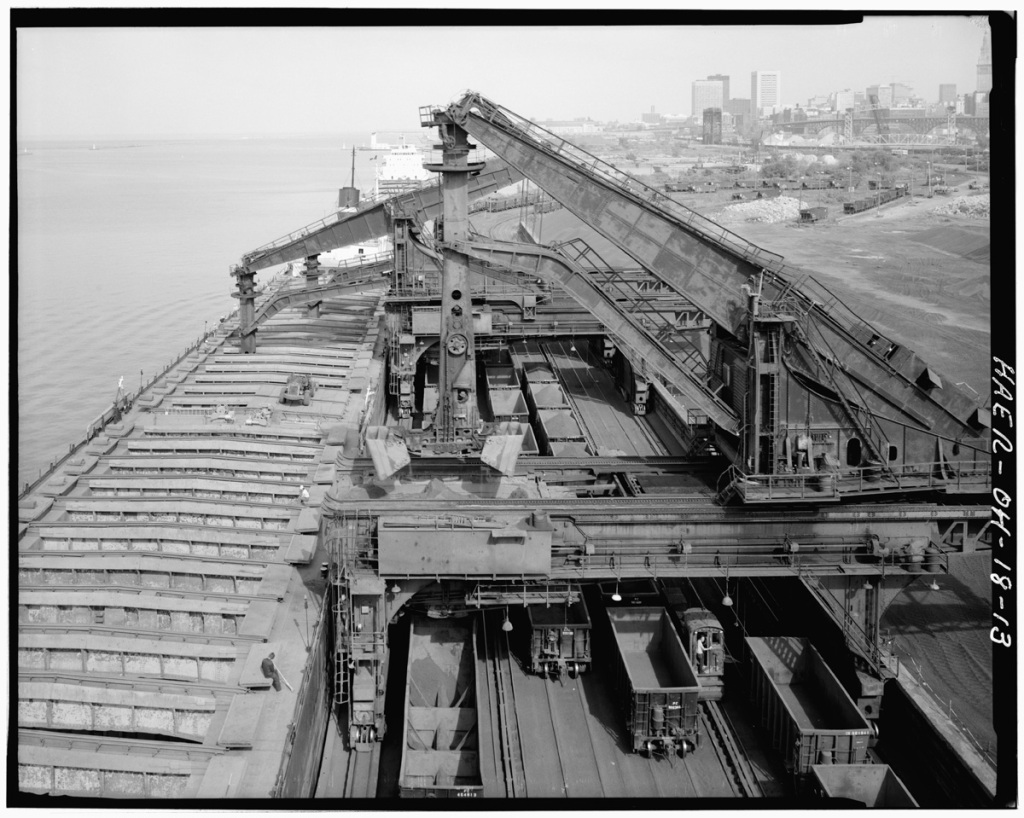
The Hulett Automatic Ore Unloaders once saw wide usage along the Great Lakes unloading bulk ore ships. The Huletts were electrically powered on two parallel tracks along the docks, ordinarily with four railroad tracks in between. A vertical column with a large scoop bucket on the end houses the machine’s operator stationed above the bucket for maximum cargo visibility. The Operator could spin the beam at any angle scooping up to 10 tons of ore per run dumping the load into a moving receiving hopper which ran between the main girders dumping the load into a waiting railroad car.
I vaguely remember seeing the Huletts on Whiskey Island in Cleveland, Ohio when I was a young boy – they were demolished in 2000 after standing idle since 1992 after self-unloading ore ships became the standard on the Great Lakes. So seeing a video of them in operation is amazing: I didn’t realize how big the ore ships were, so the when they strap a front loader to the Hulett bucket and drop it into the ore hold I was dumbfounded.
Below is a video from 1999 from the engine of Amtrak train #44 going under the Huletts on Whiskey Island:
Below is a series of photos from the Library of Congres Pennsylvania Railway Ore Dock, Lake Erie at Whiskey Island collection at the American Memory collection.

Save Prentice Women’s Hospital by Bertrand Goldberg
My favorite buildings in Chicago are by Bertrand Goldberg, architect of slightly eccentric buildings throughout the Windy City including the Marina City Towers, River City and Prentice Women’s Hospital on Northwestern University’s Medical Campus in the heart of Chicago. A few years ago the university moved out of the building and it has sat vacant. Northwestern University has recently made rumblings about demolishing the building to make way for a newer – and probably more bland – building. The National Trust for Historic Preservation has a Save Prentice Petition asking you to “Show Prentice Some Love.”
Bright Solutions from the Dark Age of Urban Planning
How the Prudential Center came to be – Bright Solutions from the Dark Age of Urban Planning:
Prudential, pursuing a course of corporate decentralization in the 1950s, settled on Boston as the location for its New England Regional headquarters, with plans for a signature tower. This was a bolder move than you’d expect, as Rubin’s engrossing account of the political and business climate in mid-20th-century Boston illustrates. At the time the tallest building in New England was in Hartford.
Space Vehicles to Scale
Ville Contemporaine, City for 3 Million – Le Corbusier

Ville Contemporaine was an unrealised project to house three million inhabitants composed of a centralized group of sixty-story cruciform skyscrapers built on steel frames and encased in curtain walls of glass. Also see Le Corbusier and La Ville Radieuse.
My Own Piece of Dirt
Some of America’s first urban workers lived in a unique type of Philadelphia home called a Trinity. Examples date from 1720. Trinities were built to house the artisan classes flocking to a burgeoning city; but while these workers moved on to populate America, the Trinity House didn’t follow them. But the Trinity and the narrow streets that contain them warrant a closer look.
A Trinity, as the name suggests, consists of three rooms stacked on top of each other – and that makes the whole house. A Betsy Ross stair punches through, basically an elongated spiral stair that is so narrow and steep that, instead of a railing for balance, you haul yourself up using a vertically mounted steel bracket.
via My Own Piece of Dirt | Metropolis POV | Metropolis Magazine.

